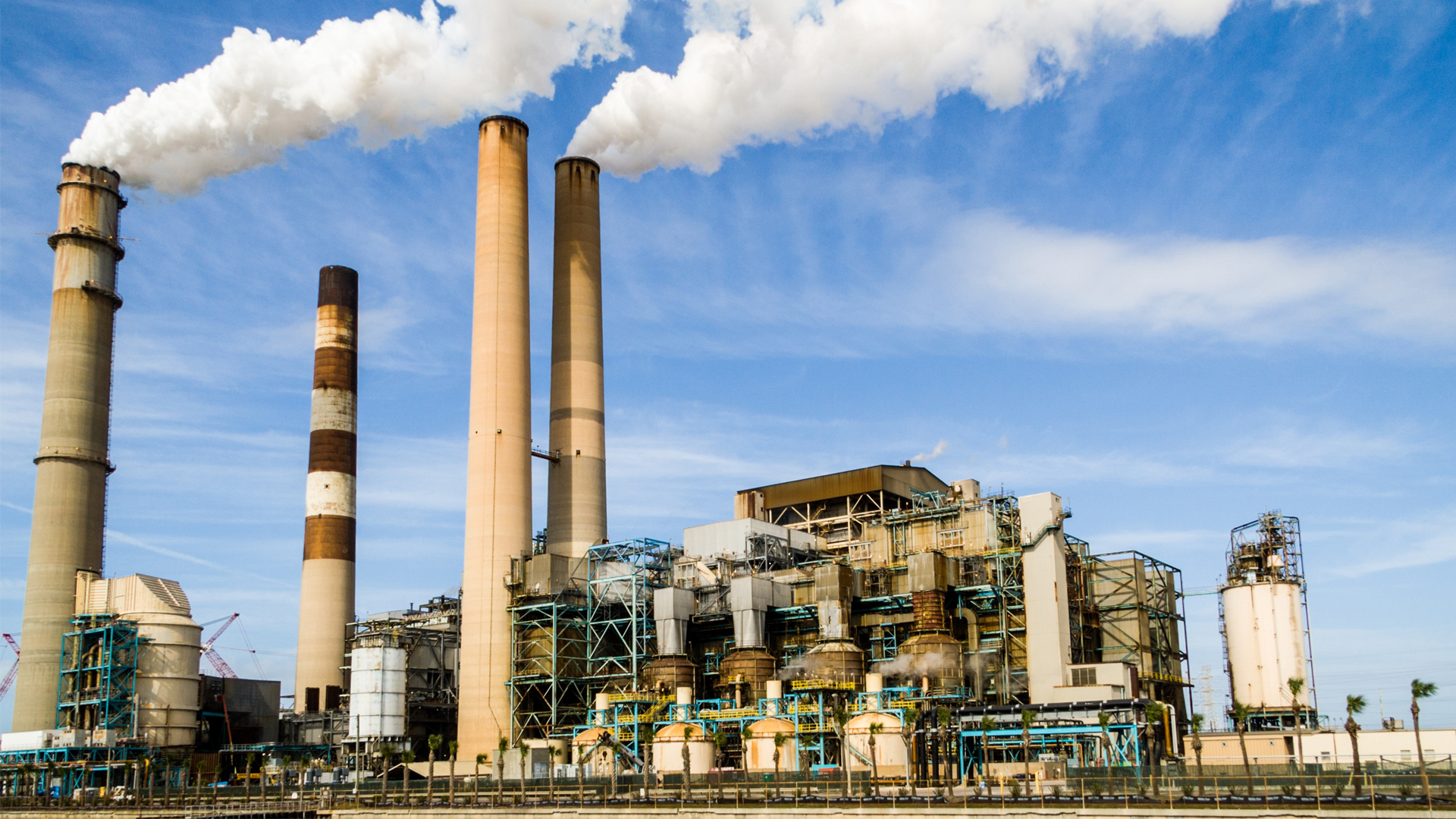
1. The application of ultrasonic cleaning machines in the petrochemical industry is mainly concentrated in the following aspects:
a. Parts cleaning: Various parts in petrochemical equipment, such as valves, seals, bearings, etc., are easily contaminated by petroleum residues, chemicals, etc. during use, affecting the normal operation of the equipment. Ultrasonic cleaning machines can quickly and efficiently remove these pollutants and increase the service life of the equipment.
b. Reactor cleaning: The reactor used in petrochemical production will have a large amount of residue attached to it after long-term use, affecting the reaction effect. Ultrasonic cleaning machines can penetrate deep into the reactor, thoroughly remove the residue, and improve the reaction efficiency.
c. Container cleaning: Various containers used in petrochemical production, such as storage tanks and pipelines, need to be cleaned regularly to ensure the cleanliness and sealing of the containers. Ultrasonic cleaning machines can quickly remove dirt and impurities in the containers and improve the safety of container use.
d. Laboratory cleaning: Petrochemical laboratories often need to clean various experimental instruments, such as beakers, test tubes, filters, etc. Ultrasonic cleaning machines can efficiently remove dirt and impurities in these instruments and improve the accuracy of experimental results.
2. Cleaning skills of ultrasonic cleaning machine When using ultrasonic cleaning machine for cleaning, you need to pay attention to the following skills:
a. Temperature control: The temperature of the cleaning material has a great influence on the ultrasonic cleaning effect. Generally speaking, the higher the temperature of the cleaning solution, the better the ultrasonic cleaning effect. However, for some fragile objects, such as precision instruments, optical devices, etc., room temperature cleaning solution should be used for cleaning.
b. Time control: The working time of the ultrasonic cleaning machine also affects the cleaning effect. Generally speaking, the longer the cleaning time, the better the cleaning effect. However, for some fragile objects, such as jewelry, watches, etc., the cleaning time should be appropriately shortened.
c. Cleaning agent selection: There are many types of cleaning agents for ultrasonic cleaning machines, including organic solvents, water-based solvents, alkaline solutions, etc. Choosing a suitable cleaning agent can improve the cleaning effect. For example, for grease dirt, organic solvents can be used for cleaning; for water-soluble dirt, water-based solvents can be used for cleaning.
d. Placement method: The placement method of objects also affects the ultrasonic cleaning effect. For objects with complex shapes and many gaps, appropriate placement should be adopted to improve the cleaning effect. For example, placing the object with the surface facing down can make the ultrasonic energy act better on the surface of the object.
e. Regular maintenance: Ultrasonic cleaning machines need regular maintenance, such as replacing filter elements and cleaning the inside, to ensure their normal operation. At the same time, for frequently used objects, preventive cleaning should be carried out regularly to prevent the accumulation of dirt.
In short, ultrasonic cleaning machines are widely used in the petrochemical industry, which can improve the service life, reaction efficiency and safety of equipment. When using ultrasonic cleaning machines for cleaning, you need to pay attention to skills in temperature control, time control, cleaning agent selection, placement and regular maintenance to obtain better cleaning results.






